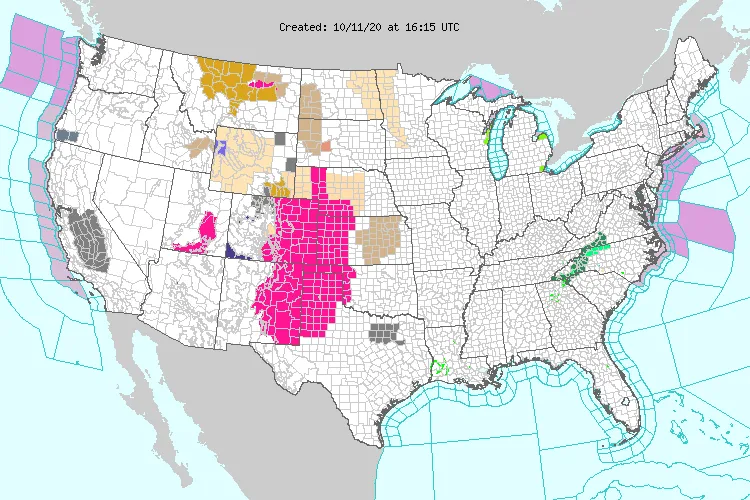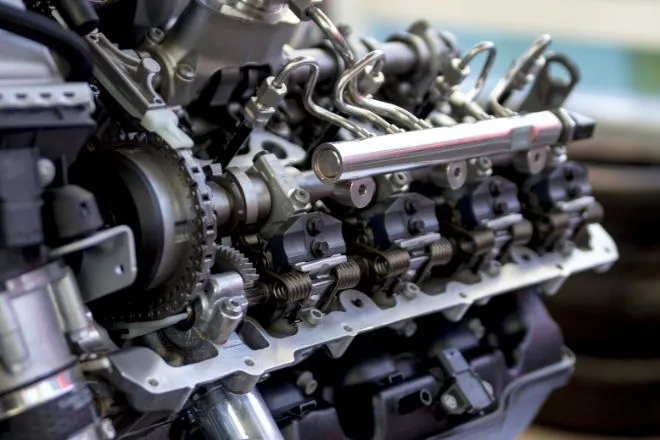
How To Stay Safe While Off-Roading in the Rain
The weather can be unpredictable. If you find yourself out on the trails when a storm hits, driving can become a lot more difficult. To avoid getting into an accident or ending up stranded in a mud puddle, it’s important to be prepared. Here are some helpful tips on how to stay safe while off-roading in the rain.
Air Down Your Tires To Improve Traction
Rain can make slippery trails even more slippery. To reduce your risk of getting stuck while off-roading, it can be beneficial to air down your vehicle’s tires. By letting some air out of your tires, you can increase the amount of surface area that they have so that a greater amount of the tire is touching the ground. As a result, the tires will have an increased amount of traction, which will reduce their likelihood of spinning and digging into the wet ground.
Slow and Steady Stays Safe
An age-old off-roading saying is to “always drive as slowly as possible and as fast as necessary.” What this saying means is that drivers should drive as slowly as they can to avoid losing control while not driving so slow that they end up losing momentum and getting stuck.
It’s a delicate balance that is especially important to perfect when the trail is wet and traction is low. When in doubt, it is typically better to err on the slow side, as driving too fast can cause you to skid out of control and hit a tree, boulder, or another nearby obstacle.
Keep Your Vehicle in Good Shape
Another important tip on how to stay safe while off-roading in the rain is to keep your Jeep in tip-top shape. Off-roading in the rain will put your vehicle to the ultimate test. If it hasn’t been maintained properly, your risk of getting into an accident or getting stuck greatly increases no matter how carefully you drive.
Key Jeep maintenance tasks to perform in order to ensure that your vehicle is up for the challenge include replacing tires when the tread gets low, replacing front and back tires when they develop cracks, and checking to make sure the brakes work properly.
















